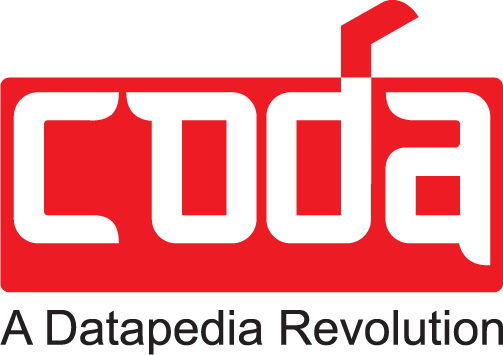Have you ever wondered how businesses achieve data management mastery by selecting the right frameworks, defining clear scopes, and implementing integrated strategies to harness the power of data rather than letting it overwhelm them?
If yes, this blog is for you. Data management encompasses the processes, policies, and procedures that ensure data is organized, accessible, and reliable to support business decision-making. However, implementing its function can be a complex undertaking, as companies face various challenges:
Choosing the right framework:
Numerous data management frameworks exist, each with its own strengths and weaknesses. Selecting the framework that best aligns with a company’s specific needs and resources is crucial.
Defining the scope & capabilities:
Determining the appropriate scope and capabilities is essential to ensure that resources are allocated effectively and that the organization’s data management efforts are aligned with its business objectives.
Implementing an integrated approach:
Effectively integrating multiple data management capabilities, such as data governance, data quality, data integration, and data security, is critical to achieving a comprehensive and holistic approach to data management.
Comparing Leading Data Management Frameworks
Several prominent data management frameworks provide guidance for organizations seeking to establish and maintain effective data management practices. Among the most widely recognized frameworks are DAMA-DMBOK2, DCAM, and TOGAF.
DAMA-DMBOK2: The Data Management Body of Knowledge (DAMA-DMBOK2) is a comprehensive guide to data management concepts, practices, and standards developed by the Data Management Association (DAMA).
DCAM: The Data Capability Maturity Model (DCAM) is a framework for assessing and improving an organization’s data management maturity. DCAM is based on the Capability Maturity Model (CMM) framework, which is commonly used in software development.
TOGAF: The Open Group Architecture Framework (TOGAF) is an enterprise architecture framework that guides planning, designing, implementing, and governing an organization’s information technology (IT) architecture. TOGAF includes a data architecture development process that can be used to establish a data management function.
The choice of framework depends on the specific needs of the organization. DAMA-DMBOK2 is a good choice for organizations that need a comprehensive overview of data management concepts. DCAM is good for organizations that want to assess and improve their data management capabilities. TOGAF is for organizations that need a structured approach to developing and governing data architecture.
Defining the Scope of Data Management Capabilities
Once an organization has selected a framework, it needs to define the scope of required data management capabilities. This involves identifying the specific data management functions that the organization needs to support its business objectives.
There are several factors to consider when defining the scope of data management capabilities, including:
- The organization’s data needs and priorities
- The organization’s budget and resources
- The organization’s technical expertise
- The organization’s data governance policies
After the required capabilities have been defined, the organization can develop a plan to implement those capabilities.
Implementing an Integrated Data Management Approach
An integrated data management approach involves bringing together multiple data management capabilities to create a cohesive and comprehensive approach to managing data. This includes addressing data governance, data quality, data integration, and data security.
Implementing multiple data management capabilities can be a complex undertaking. However, several approaches can help to ensure a successful implementation.
One approach is to use an integrated data management (IDM) framework. IDM frameworks provide a structured approach for integrating multiple data management capabilities into a cohesive whole.
Another approach is to use a phased implementation approach. This involves implementing the most critical capabilities first and then gradually adding additional capabilities as resources and expertise permit.
The Takeaway
Data management is essential for organizations to achieve data-driven decision-making, improve operational efficiency, and gain a competitive edge. Navigating its maze requires careful consideration of framework selection, scope definition, and integrated implementation.
It is not just about technology; it is also about people and culture. You need to create a culture that values data and supports data management initiatives. Continuously improve your capabilities to keep up with the changing business environment and technology landscape.
By following the guidelines outlined in this blog post, your organization can successfully implement a data management function that supports your business objectives and drives success.


